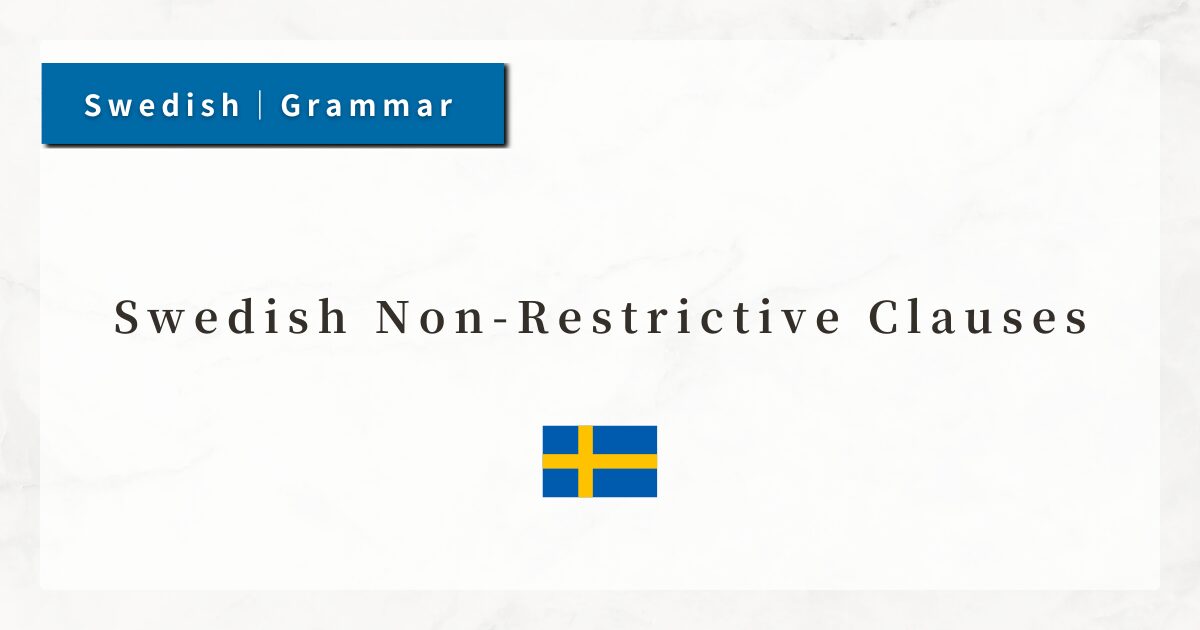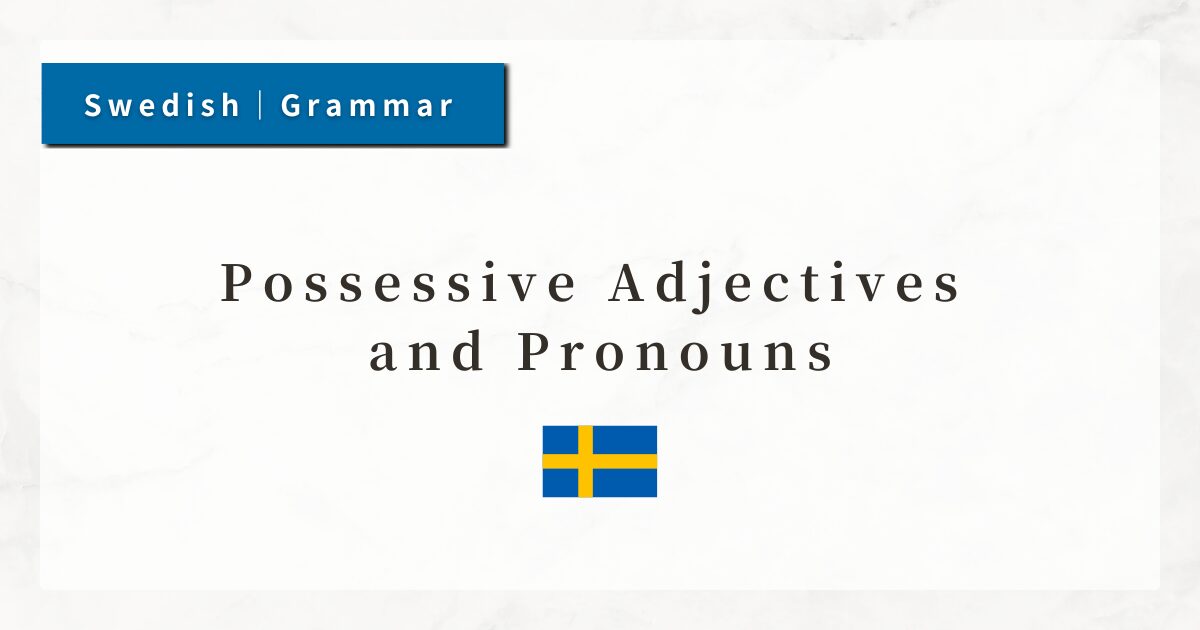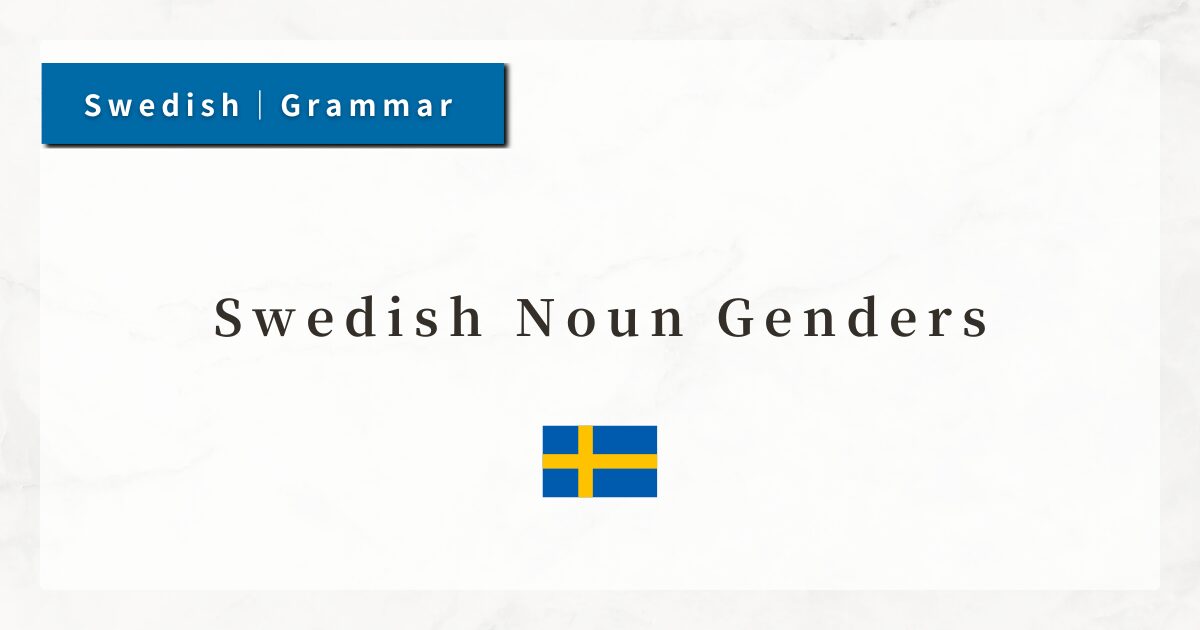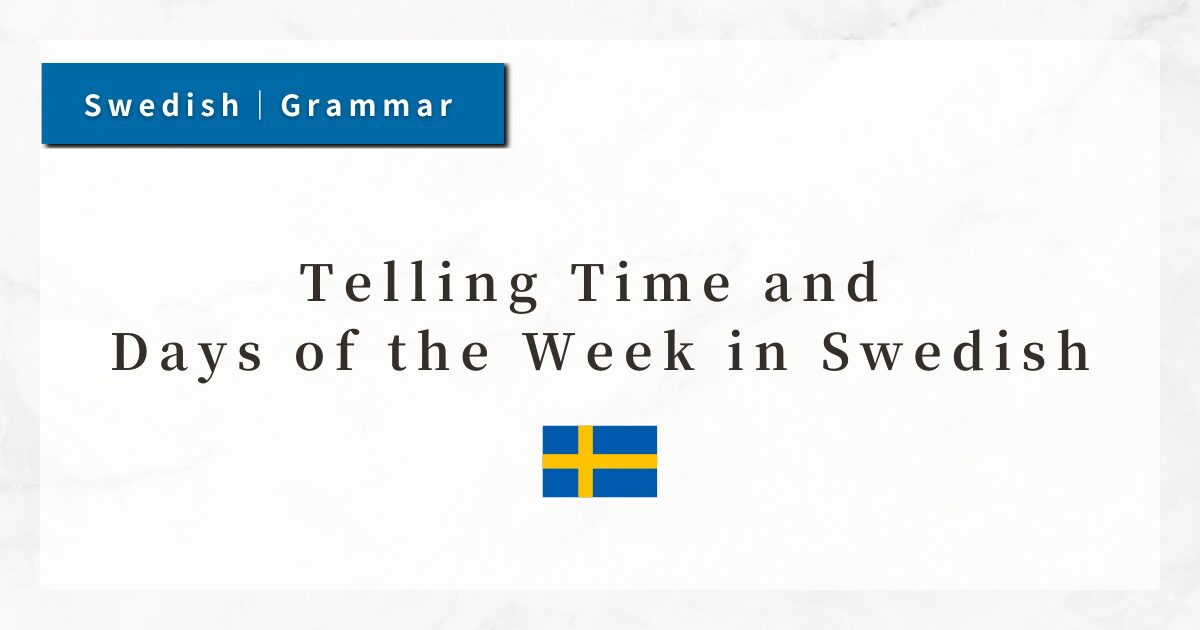#47 Swedish Reported Speech|Rules of Tense and Word Order

In Swedish conversation and writing, it is common to quote someone else’s words or thoughts, such as “he said that …”or “she explained that …”.
This is called reported speech (or indirect speech). Unlike direct speech, reported speech does not repeat the original words exactly; instead, the sentence structure and word order may change.
In this lesson, I will explain the basic formation of reported speech in Swedish and important points to keep in mind.
1. Basic Structure of Reported Speech
The basic structure of reported speech in Swedish is:
- Subject + reporting verb + att + quoted content
Some common patterns include:
- Han sa att … (He said that …)
- Hon berättade att … (She told that …)
- Läraren förklarade att … (The teacher explained that …)
Here, “att corresponds to English “that”. It means “that …” and functions as a conjunction linking the main clause and the subordinate clause.
2. Difference from Direct Speech
In direct speech, the exact words are quoted, keeping the original tense and word order:
- Han sa: “Jag är trött.”
(He said, “I am tired.”)
In reported speech, the content is expressed after att, and the verb tense may change:
- Han sa att han var trött.
(He said that he was tired.)
→ The verb är changes to the past tense var.
After the conjunction att, the word order is usually SVO (Subject + Verb + Object).
3. Tense Changes and Sequence of Tenses
Just as in English, Swedish sometimes shifts the verb tense in reported speech, depending on the time of speaking.
Present tense (direct) → Past tense (reported)
- Direct speech:
Jag är sjuk.
(I am sick.) - Reported speech:
Han sa att han var sjuk.
(He said that he was sick.)
Future tense ska (direct) → Past form skulle (reported)
- Direct speech:
Jag ska resa.
(I will travel.) - Reported speech:
Hon sa att hon skulle resa.
(She said that she would travel.)
These changes occur naturally when the reported statement refers to something in the past.
However, when reporting current facts or universal truths, the present tense is often kept unchanged.
4. Common Verbs Introducing Reported Speech
When forming reported speech, you can use verbs other than säga (to say), depending on the context.
- säga (to say)
- berätta (to tell, to narrate)
- förklara (to explain)
- påstå (to claim)
- fråga (to ask)
These verbs function in the main clause, while the quoted content follows in the att-clause.
5. Summary
- Reported speech is formed with: main clause (who said) + att + content.
- After att, the word order is generally SVO.
- Reporting verbs (säga, berätta, förklara, etc.) appear in the main clause, and the reported content follows.
- Verb tense may change depending on the time of the original statement (ska → skulle, är → var).




